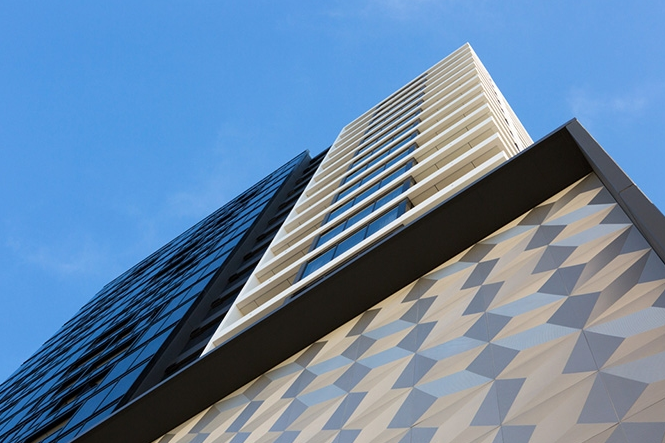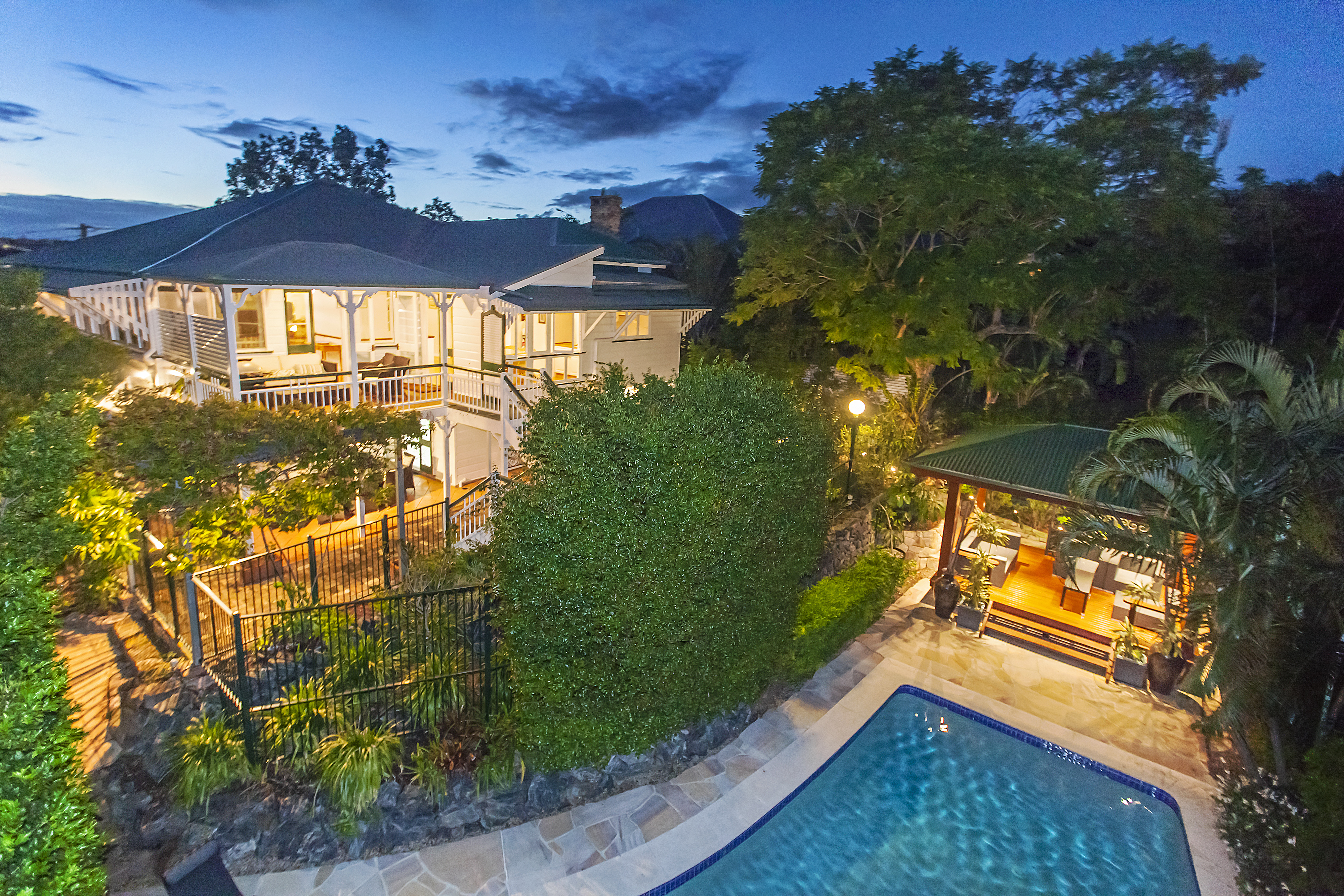Be thoughtful, be creative, be dense
Protesters railing against councils that approve high rise developments taller than levels recommended in local plans are missing the point. Height is not the enemy, and density is definitely not the devil.
What we must oppose are ugly, boring and lazy developments. (more)
Improving life by design
When a few hundred people marched down George Street last week, they complained residents were being squeezed out of government decision-making. But what really sparked their anger was developers being given approval to build at heights and densities above local area plan guidelines.
Sunland Group, for example, proposes three towers of 22 to 25 storeys on the former ABC site at Toowong where 15 storeys is supposed to be the maximum. We argue height and density can actually be very positive. In Sunland’s case, they’ve engaged Pritzker Architecture Prize winner Dame Zaha Hadid to give us something really exceptional.
A couple of years ago, architecture critic and essayist Elizabeth Farrelly wrote of an encounter in Potts Point (Australia’s densest neighbourhood) when Malcolm Turnbull recommended to Paul Keating the Edward Glaeser book Triumph of the City. “Then they walked across the road and bought it,” she told. 1
“The book expounds the already well-established thesis that cities are where humanity shines most brightly. If you want to protect wilderness, live in a dense urban centre. Same if you want to avert climate change. Same if you want cheaper housing, better transport, decent coffee or a choice of walk-to tapas,” she rightly wrote.
Opposing high-density development on inner-city sites, as so-called greens and NIMBYs often do, actually drives economically and environmentally unsustainable urban sprawl. Urbanisation and environmental quality are not necessarily at odds.
Higher densities, for example lessen the pressure on our environment, and enable more efficient resource consumption. A vertical approach to property development also promotes better housing affordability in desirable locations, putting downward pressure on both prices and rents.
Where once developers were looking at average land content costs of around $120,000 per unit in inner Brisbane, height relaxations now mean it is more like $75,000 a unit. In a free market, those savings plus other cost efficiencies gained in the scaling up of projects, are largely passed on to consumers.
As a result, Brisbane residents now have better access to cost-effective, quality housing in prime locations close to public transport, shops, restaurants and all the social and lifestyle advantages of inner city. Brisbane City Council should be congratulated for recognising the benefits and allowing it to happen.
But … and it’s a big BUT … relaxing height limits must not mean relaxing quality and design standards. Where developers and the landowners who sell to them gain a windfall, there should be a pay-back to the community in the form of lasting visual and lifestyle amenity.
The question shouldn’t be ‘how high will they build?’. It should be ‘will this be a better place to live as a result of their development?’. The physical and psychological benefits of living in an attractive, convenient, socially engaging and connected urban environment are well documented. That’s what we must strive to achieve.
Our fear is that, while relaxing density levels, there may not be strong enough safeguards over other aspects of developments. We say those given the privilege of undertaking developments in our unique timber city have a moral obligation to respect and improve it, not leave a scar that taints it for the next 100 years.
There is evidence of both outcomes – scars and assets. We laud developers like Aria Property Group who proudly proclaim their passion for transforming the public realm with creative and striking projects like Austin at South Brisbane, which was recently named Best High Rise Development in Australia 2015.
There should be no patience in our community for poor design or lazy project implementation.
Modern urban planning now dictates the inclusion of retail and dining components in many projects. Great idea. But don’t just fill these spaces with cookie-cutter fast food chains and fluorescent-lit supermarkets.
We say to developers, don’t take the easy options. Give Brisbane beautiful designs. Give us interesting local eateries, fresh local produce and products, introduce elements that create and sustain communities in your buildings. Build vital, fine buildings where people want to live, work and play … no matter how high they are.
1 “Be happy, be more interesting, be dense” by Elizabeth Farrelly, Sydney Morning Herald, Oct 20, 2011



